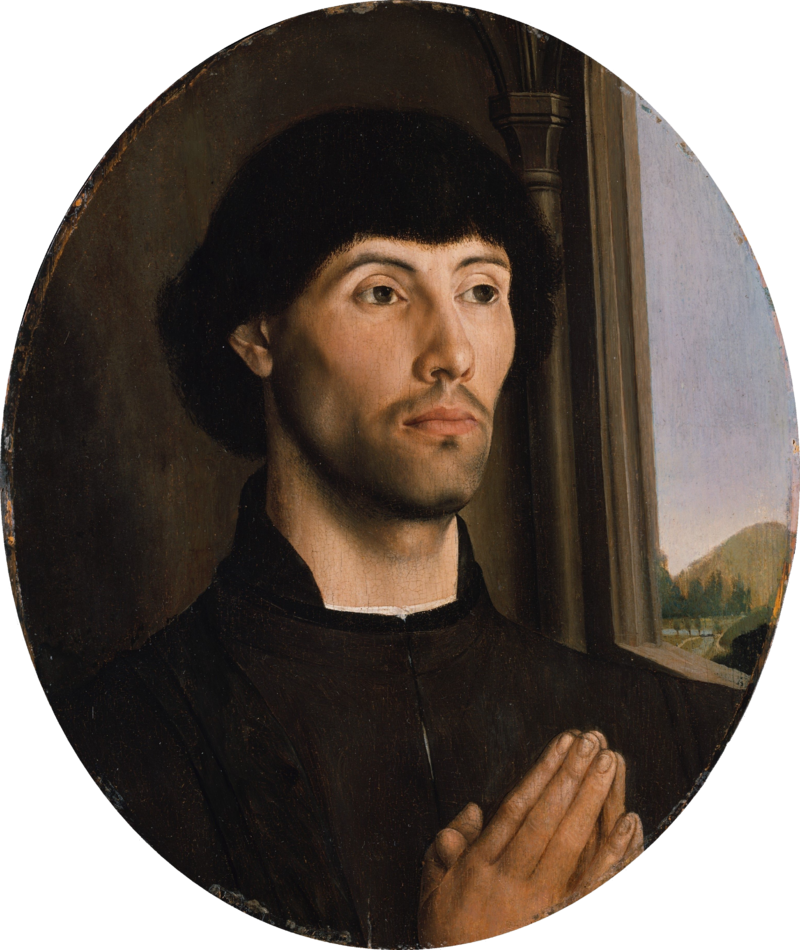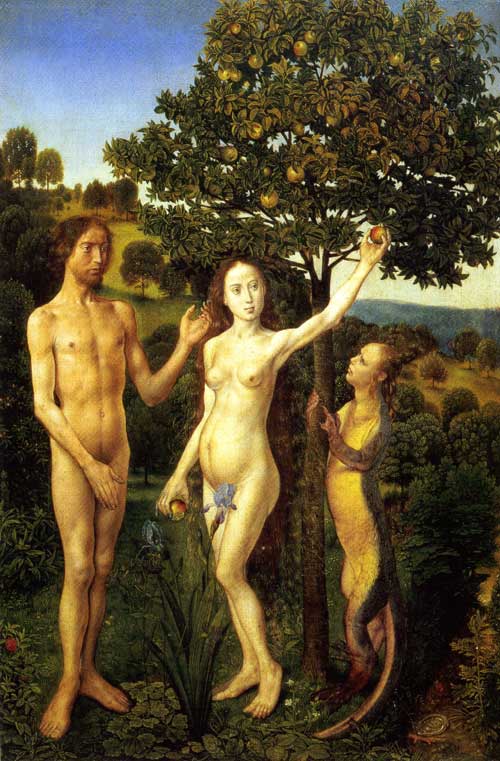RAPHAEL (1483-1520)
Though lived a short life, dying at the age of 37, Raphael was well recognized for his works as an italian painter and architect during the high renaissance. In the early years of Raphael’s career, it is said that he apprenticed for Perugino. The similarities between Raphael’s early pieces such as “The Marriage of the Virgin” to Perugino’s piece “Giving of the Keys to St. Peter” show that Perugino had a heavy influence on Raphael at the time. Small things such as the way the two painters painted their hands on their figures are almost identical. However the similarities started to wear off once Raphael furthered into his career. People were beginning to distinguish Raphael for his strong sense of form and composition he used in his pieces such as the “Vision of a Knight”, “Three Graces”, and “St. Michael”. It is undeniable that Raphael was talented. This high renaissance artist had great knowledge when it came to using composition and perspective in his paintings. I might be bias because the High Renaissance is one of my favourite eras in art history, but I have a great respect for Raphael. It is evident that Raphael’s paintings are much simpler than other artists during this period of time, however I think the simplicity works well for him because he is able to incorporate composition in all of his pieces, which gives his viewers a clear sense of focus. The simplicity in Raphael’s painted figures help give off a feeling of sweetness and innocence, which I find charming because it helps soften a topic. This can help if I am looking at one of Raphael’s more gruesome pieces.
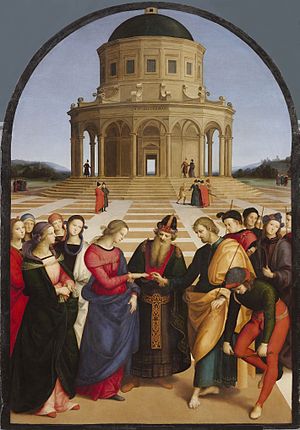
https://en.wikipedia.org/wiki/The_Marriage_of_the_Virgin_(Raphael)
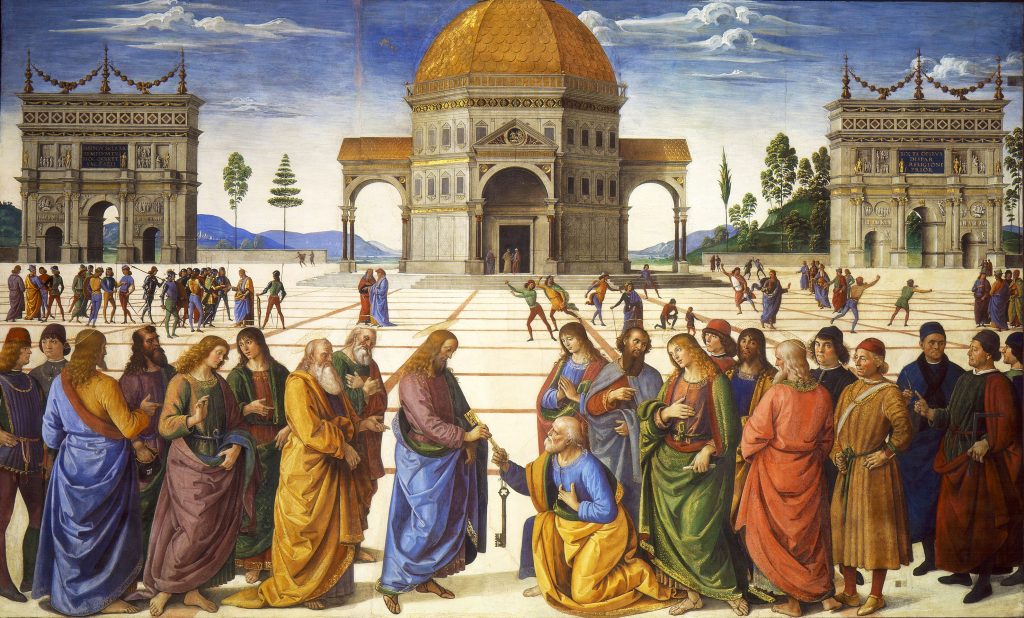
https://en.wikipedia.org/wiki/Delivery_of_the_Keys_(Perugino)
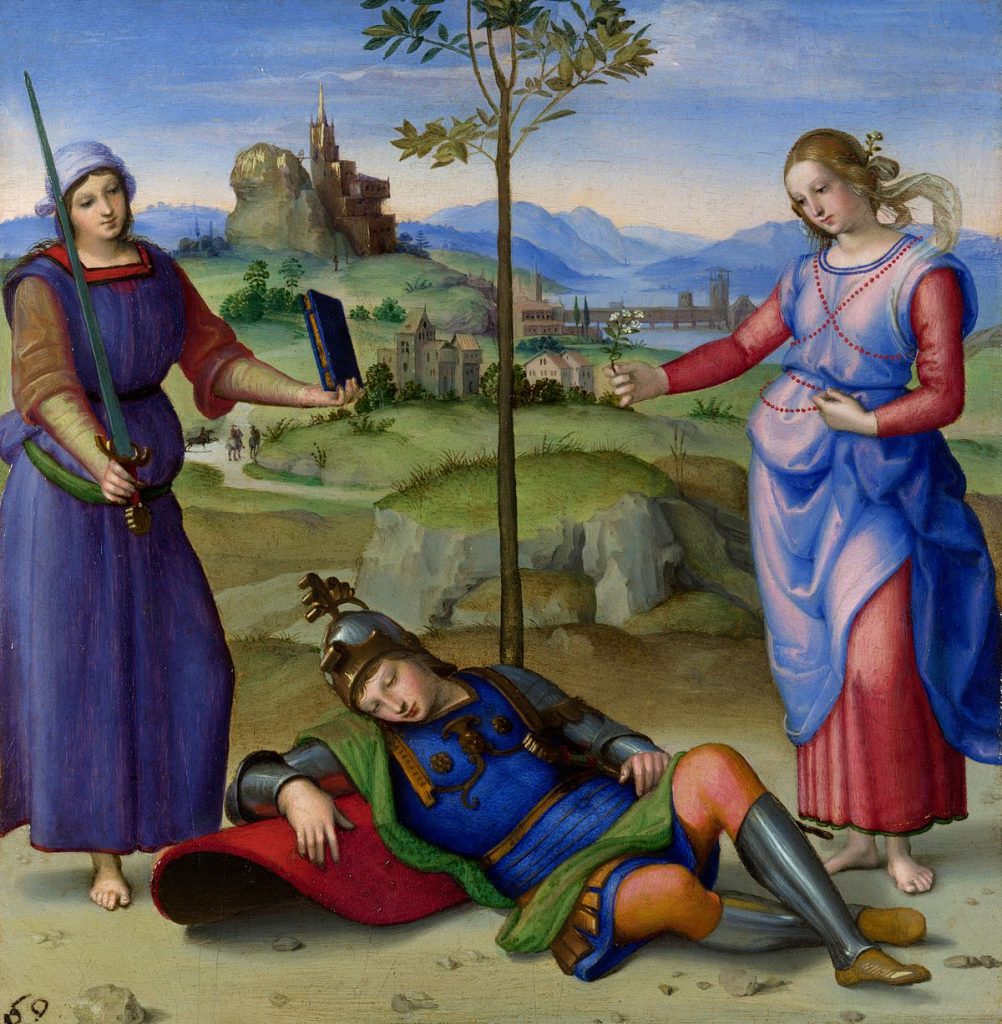
https://en.wikipedia.org/wiki/Vision_of_a_Knight_(Raphael)
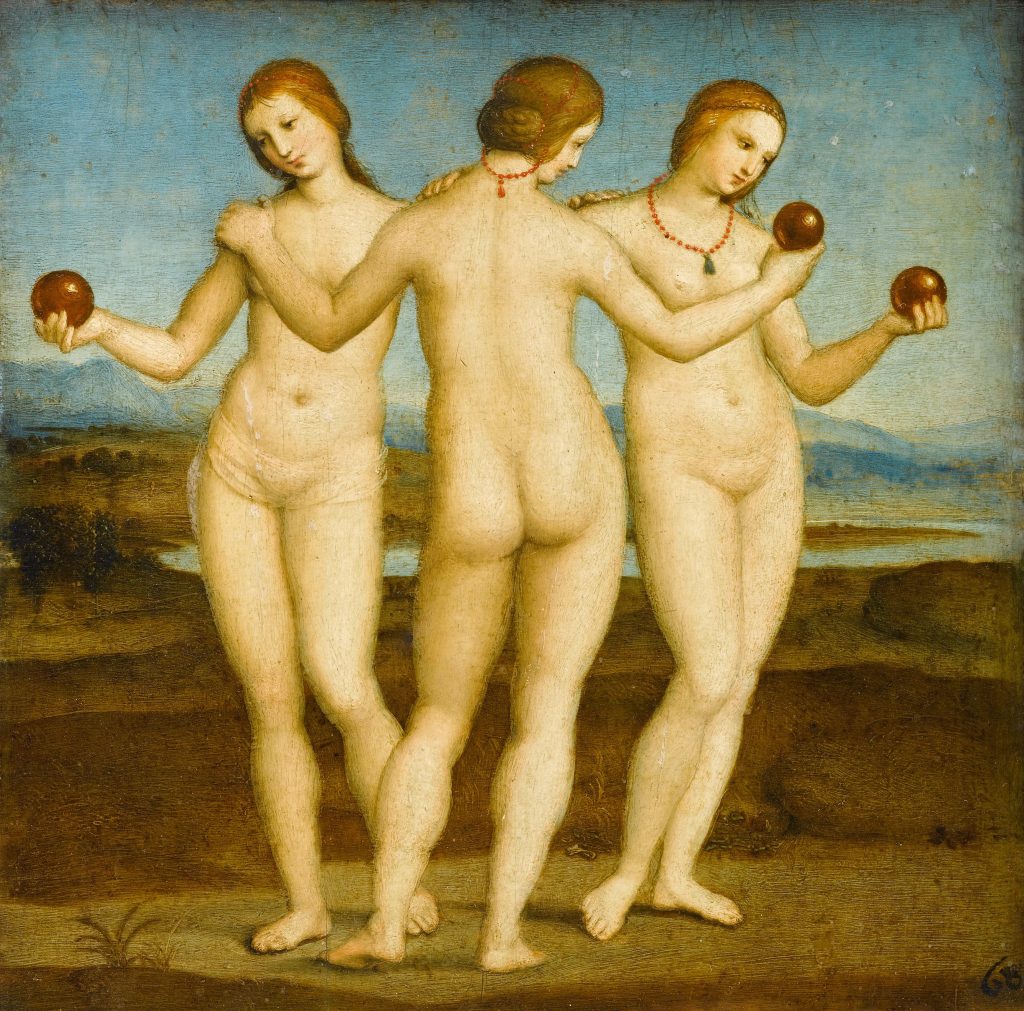
https://en.wikipedia.org/wiki/Three_Graces_(Raphael)
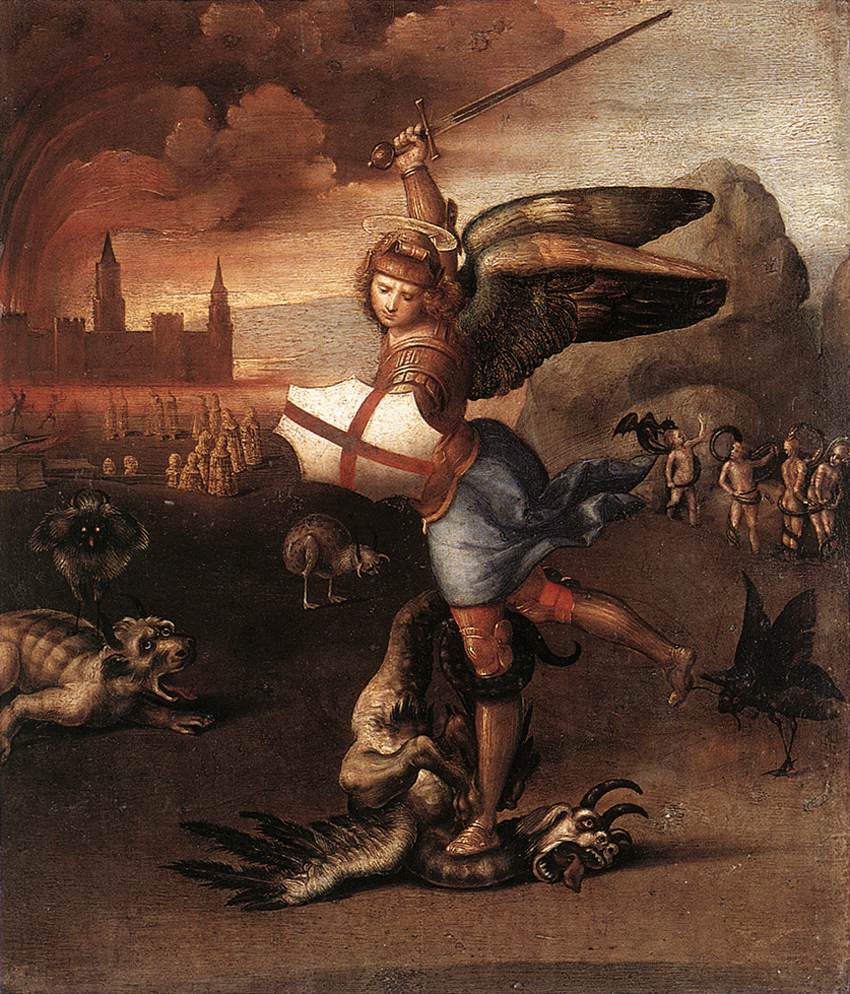
https://en.wikipedia.org/wiki/St._Michael_(Raphael)
Sources:
https://www.britannica.com/biography/Raphael-Italian-painter-and-architect
https://en.m.wikipedia.org/wiki/Raphael
https://www.google.ca/amp/s/www.theartstory.org/amp/artist/raphael/


